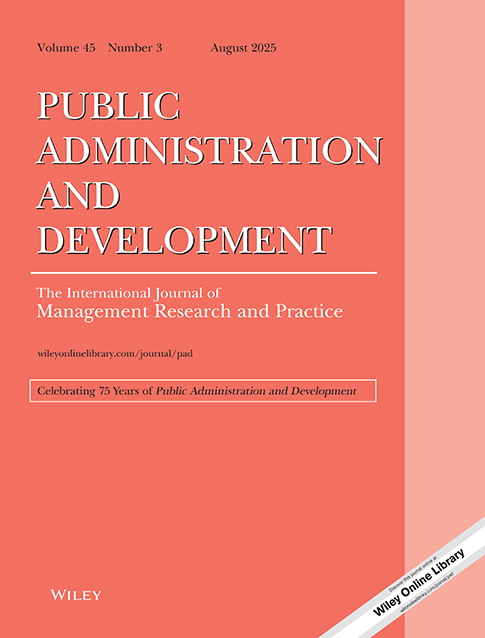From Nicaragua: Experiences with a model for assessing small scale rural development projects
Abstract
Following the Managua earthquake, voluntary aid agencies sought a basis on which to allocate money collected for earthquake relief. They needed a method of rapid rural appraisal and this account complements therefore two previous articles on rapid rural appraisal, those by Belshaw (1981) and Chambers (1981). It describes a practical approach to rapid rural appraisal which in Chambers' terminology was intended to be sufficiently quick and clean. A model was developed for assessing projects on three bases—congruence of objectives, surety of achievement and cost vs. benefits. These were analysed into component parts, so producing a matrix according to which projects could be categorized. The aim was to minimize superficiality and error without being encumbered with cumbersome and costly enquiry.




